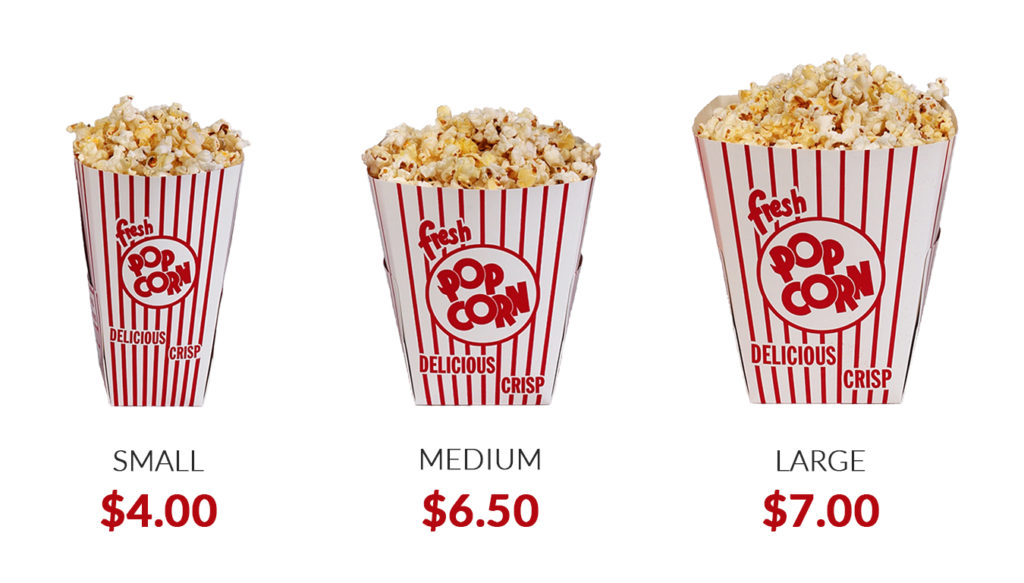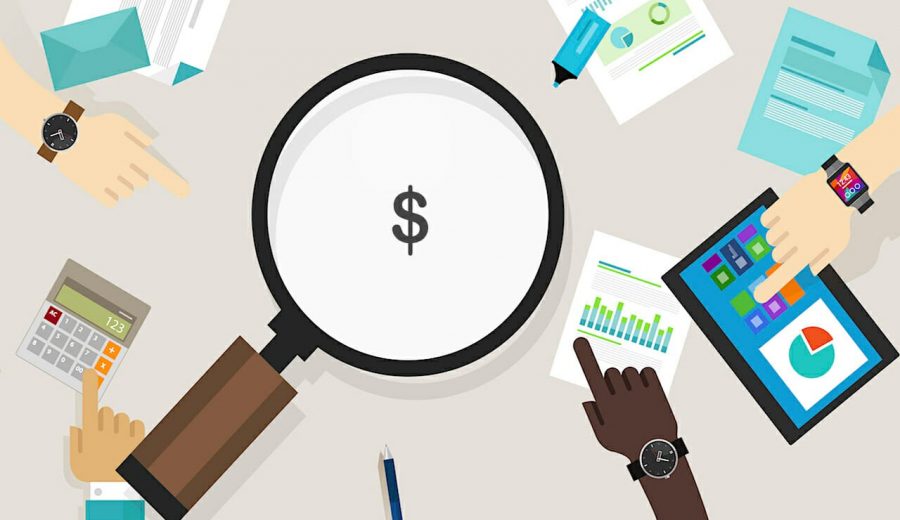Defining the pricing strategy for your dropship products is not easy.
Yes, of course, you want to charge enough to ensure that you get a decent profit margin. But you don’t want to charge so much that you drive potential customers away.
So “How do I find that perfect balance of how to price a product?” “What if I don’t have anyone or anything to compare my product?” “How can I come up with the perfect dropshipping pricing strategy?”
If you were asking yourself these questions, this article is for you.
Let’s find out together!
What’s the Ideal Profit Margin?
Defining your profit margin means how much you add on top of the product’s price, and this markup can be anywhere from 10 to 50%. Furthermore, most suppliers set their wholesale prices at 40 to 50% less than the retail price.
But in terms of the ideal profit margin, it’s always a delicate balancing. You can charge more to increase your margins, but if you charge too much you’ll lose money because customers will simply go to another online store.
The possible profit margins usually break down as follows:
· Acceptable – 10 to 15%
· Good – 15 to 20%
· Very good – 20 to 30%
· Outstanding – 30 to 50%
In often cases, your dropshipping store will usually be in the 15 to 20% range. This is because the dropshipping business model does not usually have outstanding profit margins; it is most known for its convenience and low risk.
However, you can use certain tools to choose the right niche and identify a segment of the market with higher profit margins.
How To Price Your Products Using These 7 Pricing Models
There is no singular pricing strategy for dropshipping. In fact, there are many different pricing strategies, and they all have a time and a place. The one you choose will determine how you price a product and how you’ll market them to your audience.
Here are some of the most popular eCommerce pricing strategies:
1. Fixed Markup
Fixed Dollar Addition is simple. If you have decided on a set profit margin that you want to apply to all your products. Let’s pretend you want a 20% margin on your stuff. Then you will add $4 to an item that costs you $20. So You will sell it for $24.
With a fixed markup, it’s simple to set up and easy to manage, but your profits will dramatically increase or decrease depending on the retail price of what you’re selling.
2. Tiered Markup
If you’re selling many different types of products, tiered markup is ideal for you.
With this method, you can tweak your markup percentage based on the wholesale cost of the product. Since the key difference is that you do not apply the same markup across the board, you have much more flexibility in how you set your prices.
For example, you may not want a 20% markup on a $400 product because that would jack it up to $80 per unit. That may be too much compared to your competition and what your audience can afford.
On the flip side, you might want a 50% markup on a $10 product to cover your costs. With a tiered markup strategy, you can set the percentage based on the retail price of the product.
3. MSRP (Manufacturer Suggested Retail Price)
If you’re trying to determine how to price your products, sometimes you can reach your ideal profit margin if you use the manufacturer suggested retail price (MSRP). This is basically the easiest and fastest way to price your products since you are basing your decision on a predetermined amount. For online retailers looking to get started quickly, this may be the way to go!
However, the MSRP is not a one-size-fits-all solution. Remember, operating costs and expenses will vary from store to store. So you may have to use a more detailed pricing model that will allow you to hit that ideal profit margin.
4. Competition-Based Pricing
For beginners, an easy way to price a product is to spy on other competitors and see how they are pricing it. There are many different tools out there like Prisync and DSM Tool to help you track competitor pricing.
Usually, if your competitors already have a lot of people buying their products, you can sell the same products for the exact same price or undercut your competition so you can steal some of their sales.
5. Psychological Pricing
This method is about pricing a product to appeal to human psychology.
The most common example of psychological pricing is setting the price tag at $99 instead of $100, or $9.99 instead of $10. Additionally, overly complex numbers just don’t catch the eye: customers won’t likely hit that “purchase” button if the price tag is something like $17.83. Therefore, it’s best to round up to the nearest 99 cents.
This strategy can be combined with any other pricing method. Experiment with it to see how your target audience reacts.
If you have products that have multiple sizes or price levels, you can also implement the “movie theater strategy” of pricing. It goes like this:
At the movies, you can choose between small, medium, or large popcorn. The prices are:

In this situation, the medium popcorn is a decoy. In most cases, people either purchase the small because of their appetite or they get the large because of the perceived value.
So what we can learn from the “movie theater strategy” is that you can try to push your audience to upgrade to the more expensive package or product by throwing a decoy at them.
6. Bundle Pricing
This is another oldie but goodie: try using sales promotions like buy two, get one free or buy three, get 50% off the third product. You see this kind of pricing all over grocery stores. That’s because it works! People always love getting a good deal; it makes them feel like the purchase was a sound financial decision and not a mistake.
You can utilize this method in your online store to pad your profit on low-margin items. Adding accessories to larger products is also a great way to bundle your products.
7. Free Plus Shipping
This pricing strategy could work great for low-ticket products. In the free plus shipping strategy, you sell a product for $0.00 and only charge the customer for shipping costs.
In terms of the shipping cost, I recommend not going over $9.99. At that point, people will definitely notice that the shipping costs include the product’s price, and you are trying to trick them by letting them think you’re giving the product to them for free.
This method works best with products you can buy and ship out for less than $3 or $4 because it will be hard to extract all your business expenses otherwise.
Conclusion
The main thing to remember about pricing your dropshipping products is not to dwell on them.
Choose a strategy and roll with it. If it’s not working out, try a different one. Don’t be afraid to alter the pricing strategy. If this isn’t working? Try another one! Test different pricing strategies in your store to find the one that works best for you.






